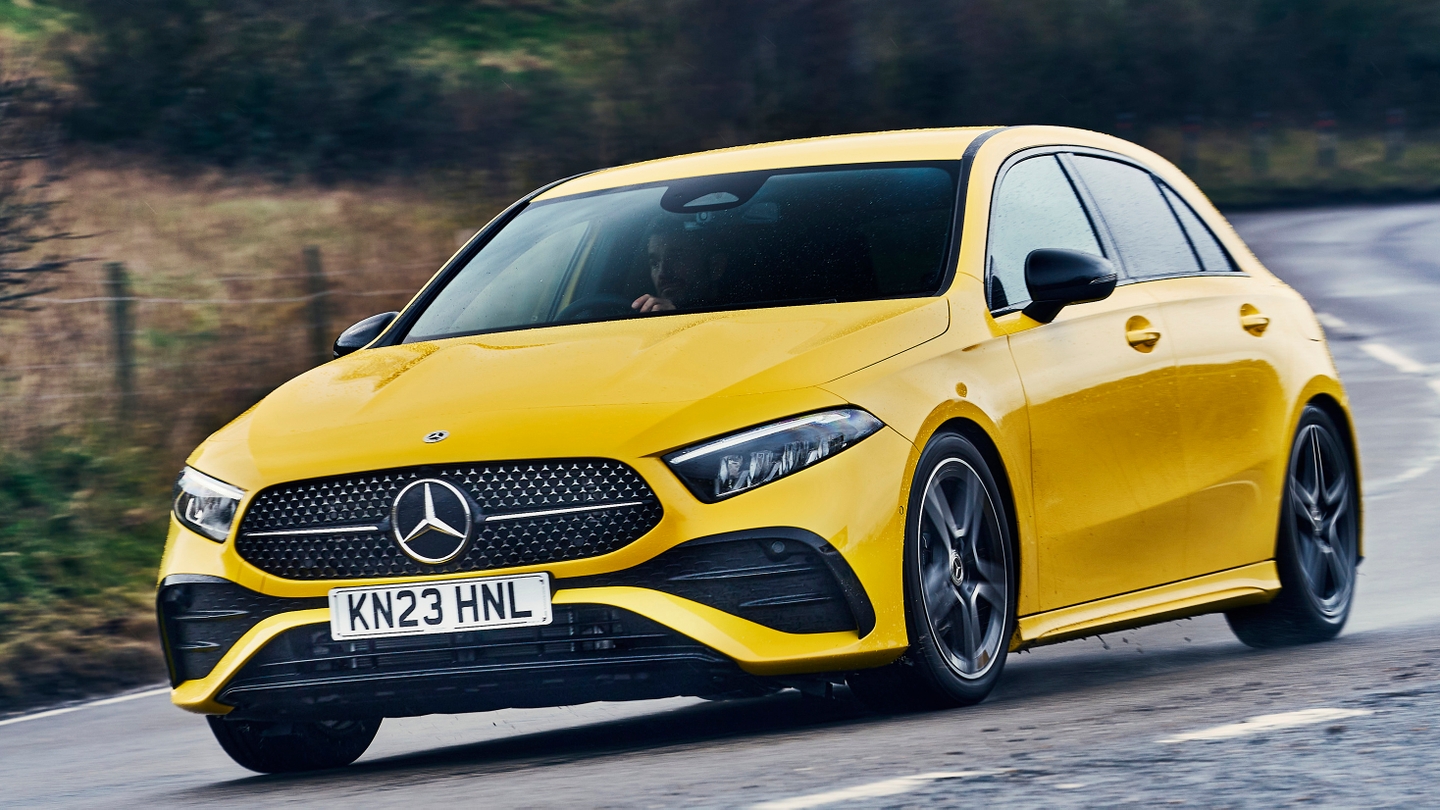
Kia XCeed interior, tech and practicality
Gallery
Comfort and visibility
The XCeed's front seats are fairly comfortable and cars in mid-range Edition or 3 trim and above include power-adjustable lumbar support. Leather lines the steering wheel and gear shifter but the rest of the dashboard features plenty of harder plastics shared with the more affordable Ceed. Cars like the Mazda 3 and Peugeot 308 feel noticeably more plush than the XCeed, and even the mainstream Ford Focus and Volkswagen Golf manage to one-up the Kia.
Your view out the front is clear and unobstructed but you sit closer to the ground than some cars with SUV pretensions. If you're after the lofty, commanding view you get from a more traditional SUV, take a look at the Skoda Karoq or Dacia Duster. Most modern cars have pretty poor over-the-shoulder visibility thanks to the rollover protection built into their thick rear pillars, but the XCeed is a little worse than average thanks to its sloping rear roofline. To compensate, all cars get a reversing camera while rear parking sensors are available on 3-trimmed cars, and all-round sensors and a self-parking system are offered higher up the range.
Standard equipment
All XCeed models are well equipped. Entry-level 2 cars get 16-inch alloy wheels, automatic headlights and roof rails. You also get air conditioning, cruise control, automatic emergency braking, lane-keep assist, a reversing camera, and an infotainment system with Apple CarPlay and Android Auto.
Edition trim gets larger alloys, tinted rear windows, part-faux-leather upholstery and power lumbar support. This version was discontinued in 2021 in favour of GT-Line, which also adds some sporty styling touches.
Stepping up to 3 brings a larger infotainment screen with built-in sat nav, heated front seats, a heated steering wheel, climate control, rear parking sensors and automatic wipers.
First Edition cars gain digital dials for the driver, an openable panoramic sunroof, a powered boot lid, an upgraded JBL stereo, heated rear seats, all-round parking sensors plus self-parking tech, a wireless phone charger and adaptive cruise control on automatic models. An update renamed this to 4 trim in late 2021 along with adding black leather upholstery.
We usually advise buyers to choose somewhere in the middle of most car lineups. However, with XCeed models priced so affordably on the used market, it might be worth trying to find a good deal on a high-end model.
Infotainment and audio
When you first sit down in the XCeed, the infotainment screen looks relatively impressive. All cars include at least an eight-inch unit that's easier to read at a glance than the letterbox-sized basic systems found in BMW or Audi cars, for example.
However, once you start fiddling with the built-in software, you encounter some niggling shortcomings. Certain functions take far too many presses to adjust, such as selecting the radio source, which could only be set after diving through several submenus. It's good then, that all models include Apple CarPlay and Android Auto as standard, letting you bypass those issues entirely.
An upgraded JBL stereo is available on high-end trims, offering much better bass response than the standard system.
Rear seat space
The XCeed has gained a few inches in length over the standard Ceed but, sadly, it doesn't appear to have improved the rear-seat space. Rivals like the Ford Focus and Skoda Octavia are better choices if you'll be regularly carrying back-seat passengers.
You will be able to fit adults in the back but you'll need to negotiate a middle ground if you need to sit one six-footer behind another. Legroom is average at best while headroom is compromised by the sloping rear roofline.
That makes the XCeed less than ideal as a child-carrying wagon, too. You'll have to stoop down to wrangle a bulky child seat into position – again, made tougher by the sloping roofline eating into the door opening.
Boot space
The boot is 426 litres – 31 more than the standard Ceed, which you're unlikely to notice unless you park the two side by side. That's good compared to most family hatchbacks but, measured against more traditional SUVs, it's nothing special.
As for the space itself, it's fairly long but width is middling at best, while height is the most limiting factor – especially for plug-in-hybrid models that lose some under-floor space. That sloping rear roofline also means any cargo space remaining above the parcel shelf is quite limited.















































